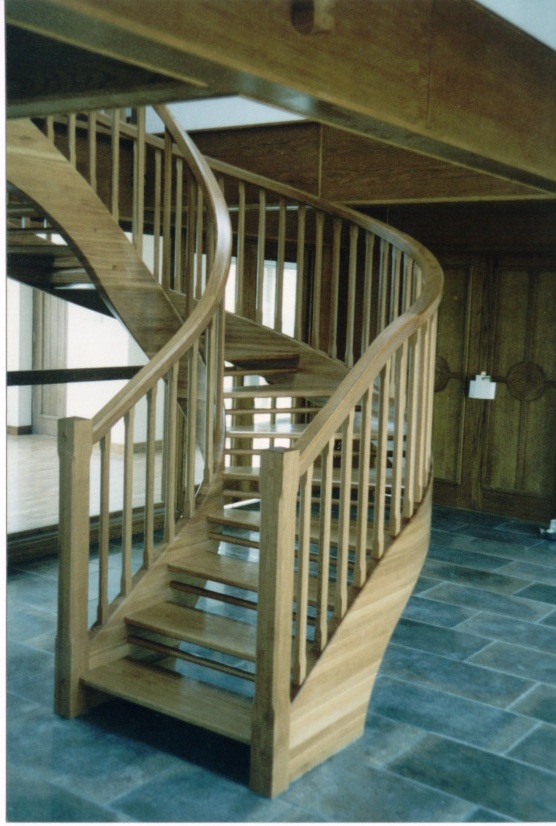Hi all
I've gonna be building a staircase for a loft conversion at home. Its a few months away but I'd like to start reading about now.
Anyone know of a good book on building stairs??
there's this US one on amazon http://www.amazon.co.uk/Building-St...6536/ref=sr_1_1?ie=UTF8&qid=1321389477&sr=8-1 which seems quite good
are there any other good ones.
Regards, Andrew
I've gonna be building a staircase for a loft conversion at home. Its a few months away but I'd like to start reading about now.
Anyone know of a good book on building stairs??
there's this US one on amazon http://www.amazon.co.uk/Building-St...6536/ref=sr_1_1?ie=UTF8&qid=1321389477&sr=8-1 which seems quite good
are there any other good ones.
Regards, Andrew













































